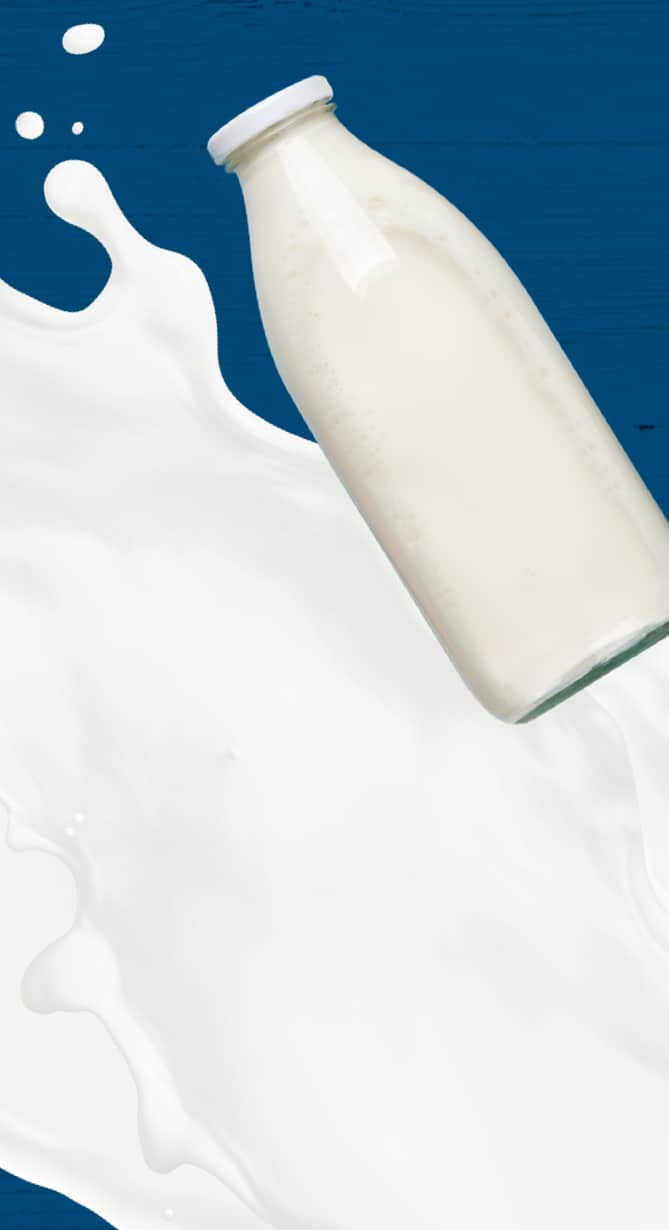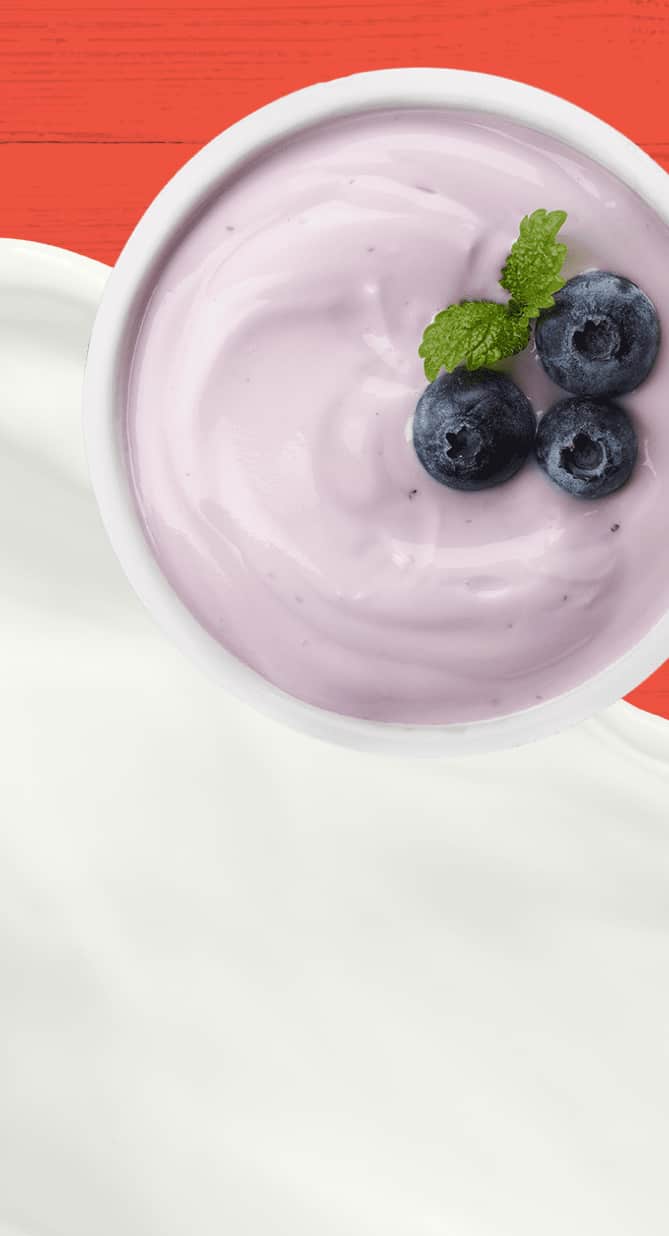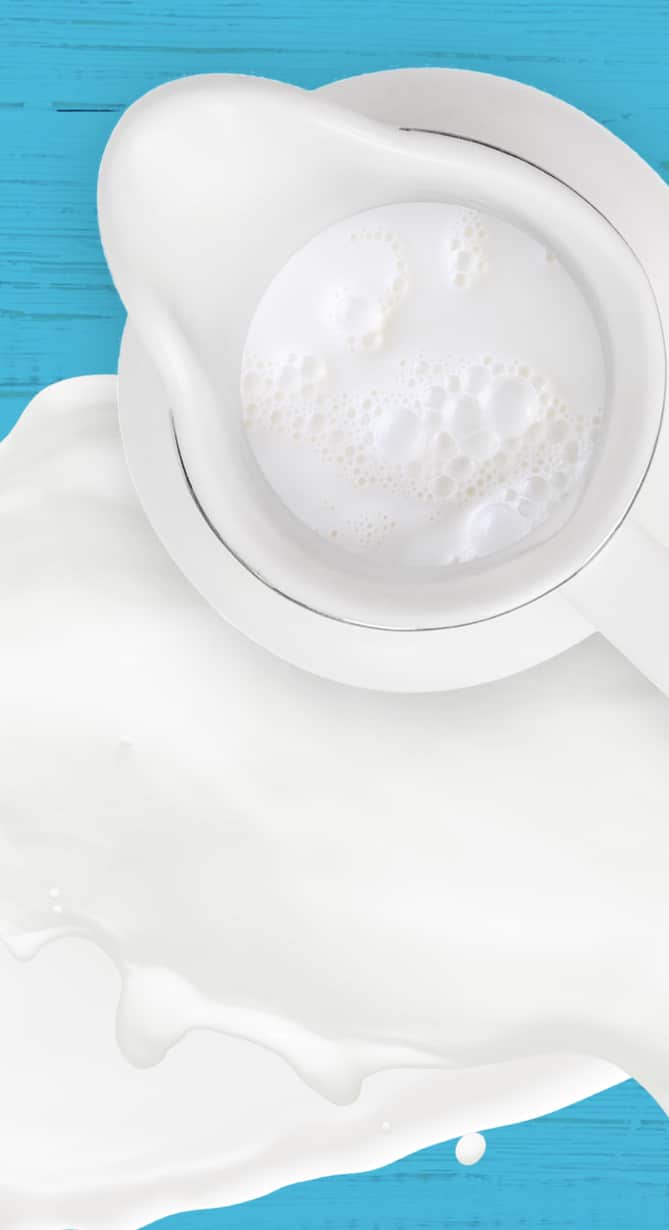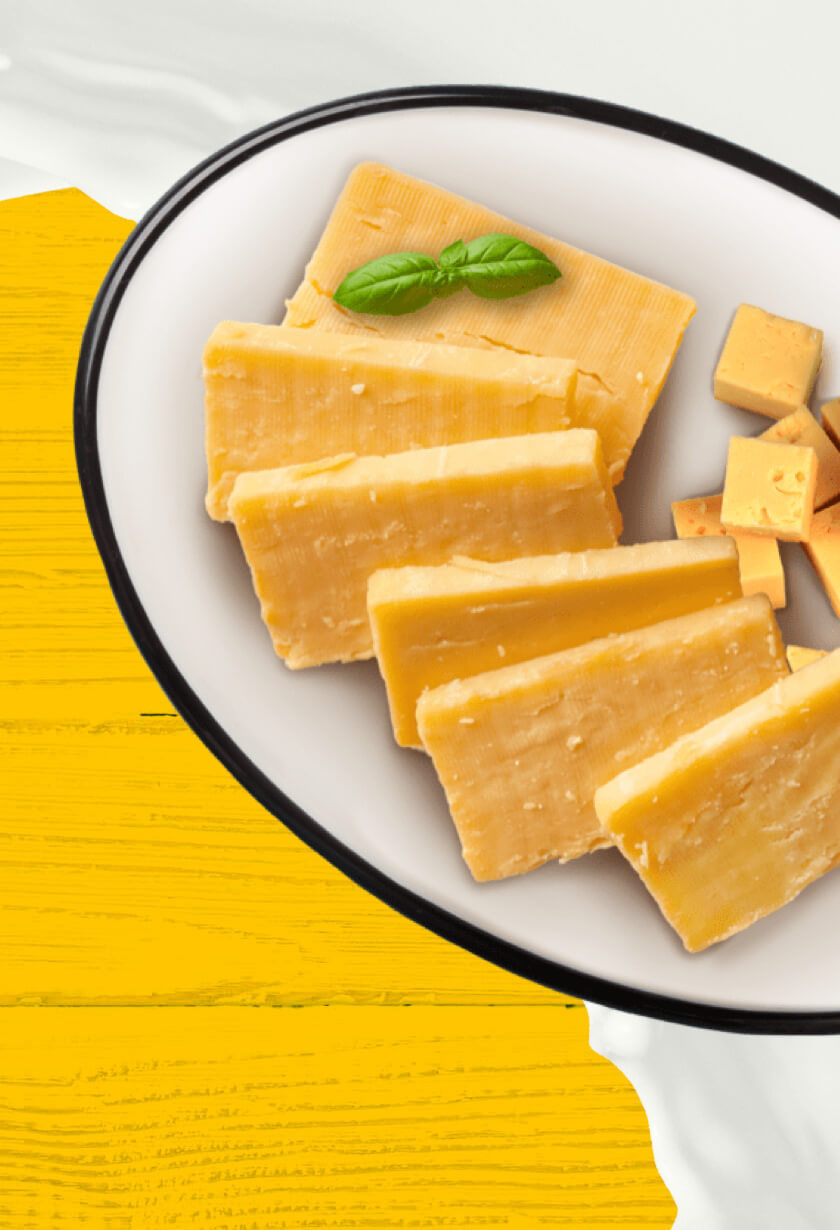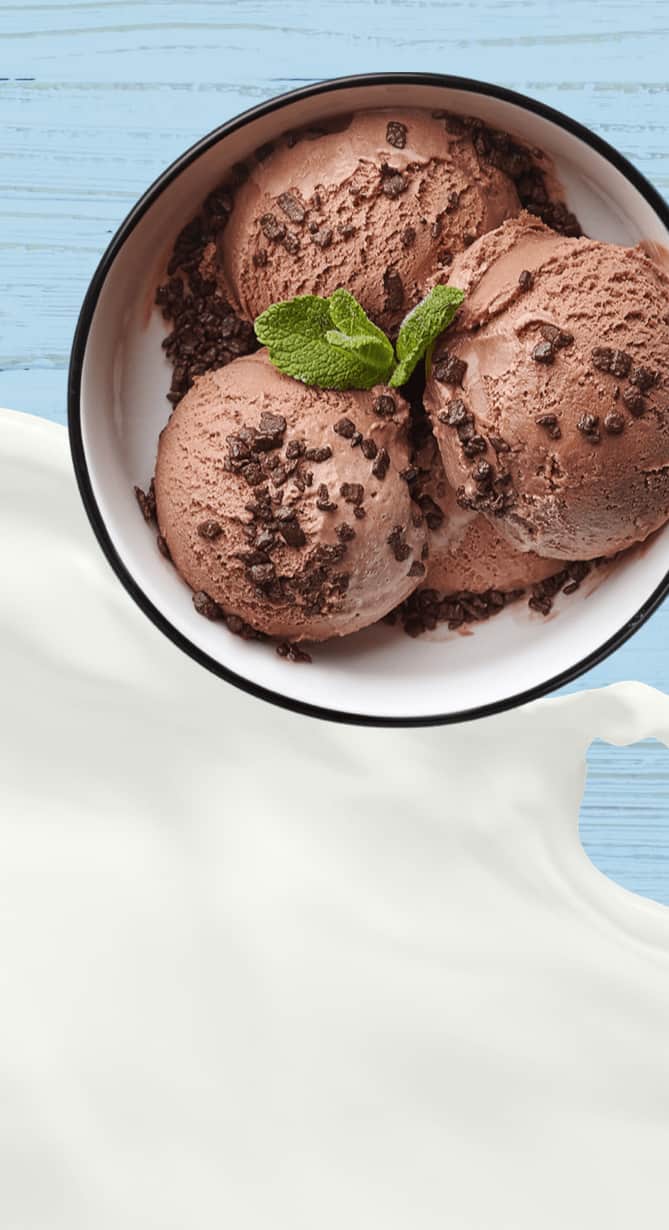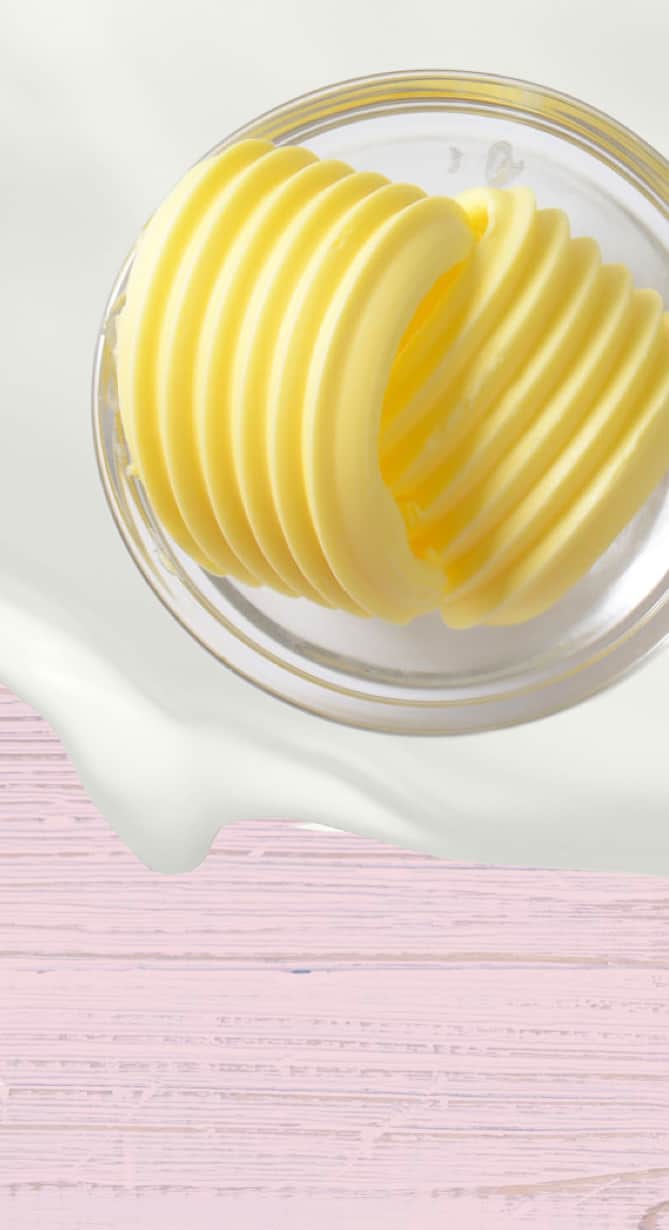SIGN UP FOR FREE RECIPES & COUPONS!
When you sign up, we’ll send you coupons, promotions, recipes, news on events and even more great information on dairy delivered right to your inbox.
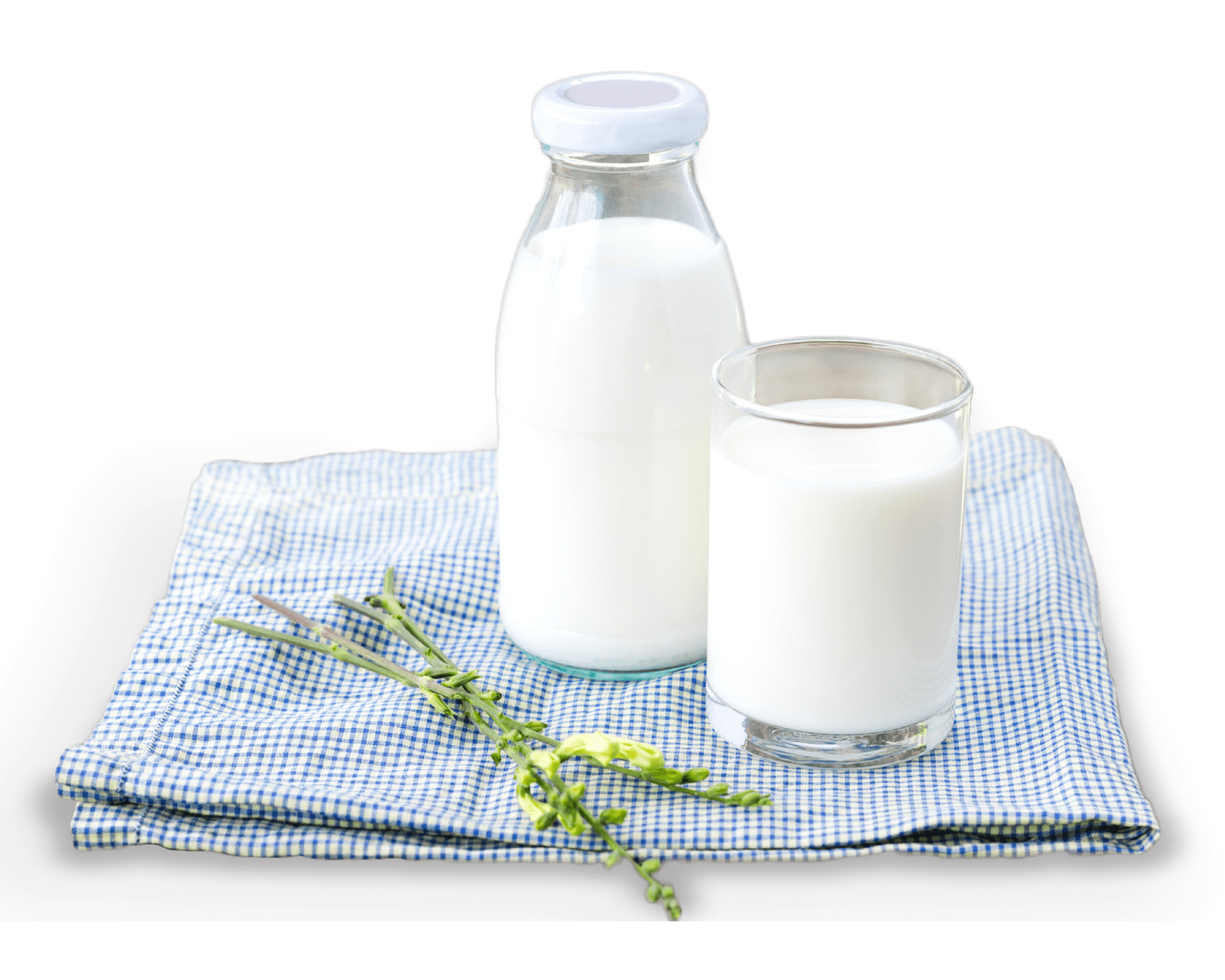
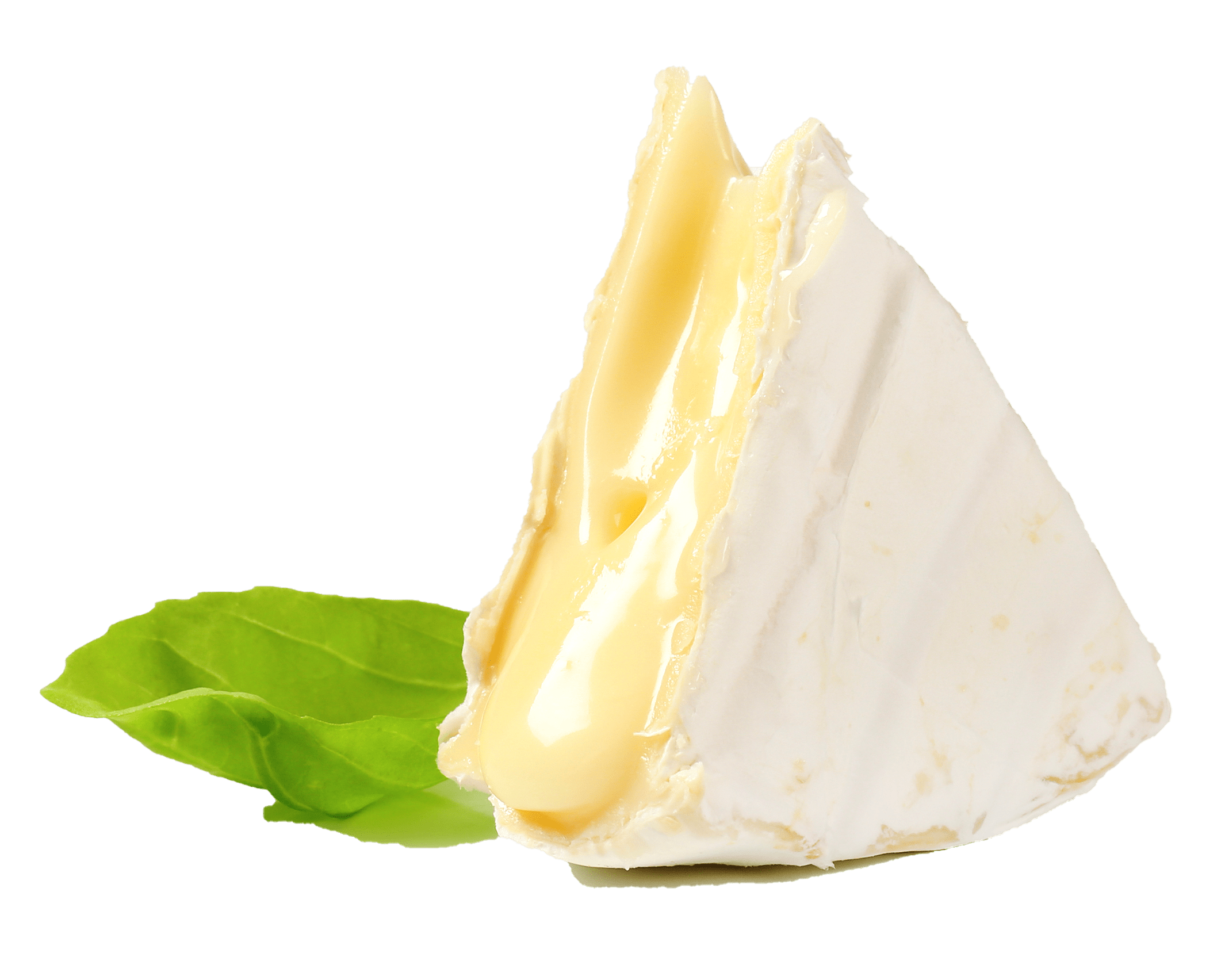
Soft cheeses generally have either a “washed” or “bloomy rind” and are coveted for their creaminess. Washed rind soft cheeses like Taleggio are washed regularly with a brine or cheesemaker’s secret solution and are often referred to as “stinky cheese.” Bloomy rind cheese include brie and camembert-style cheeses with edible rinds of white mold.
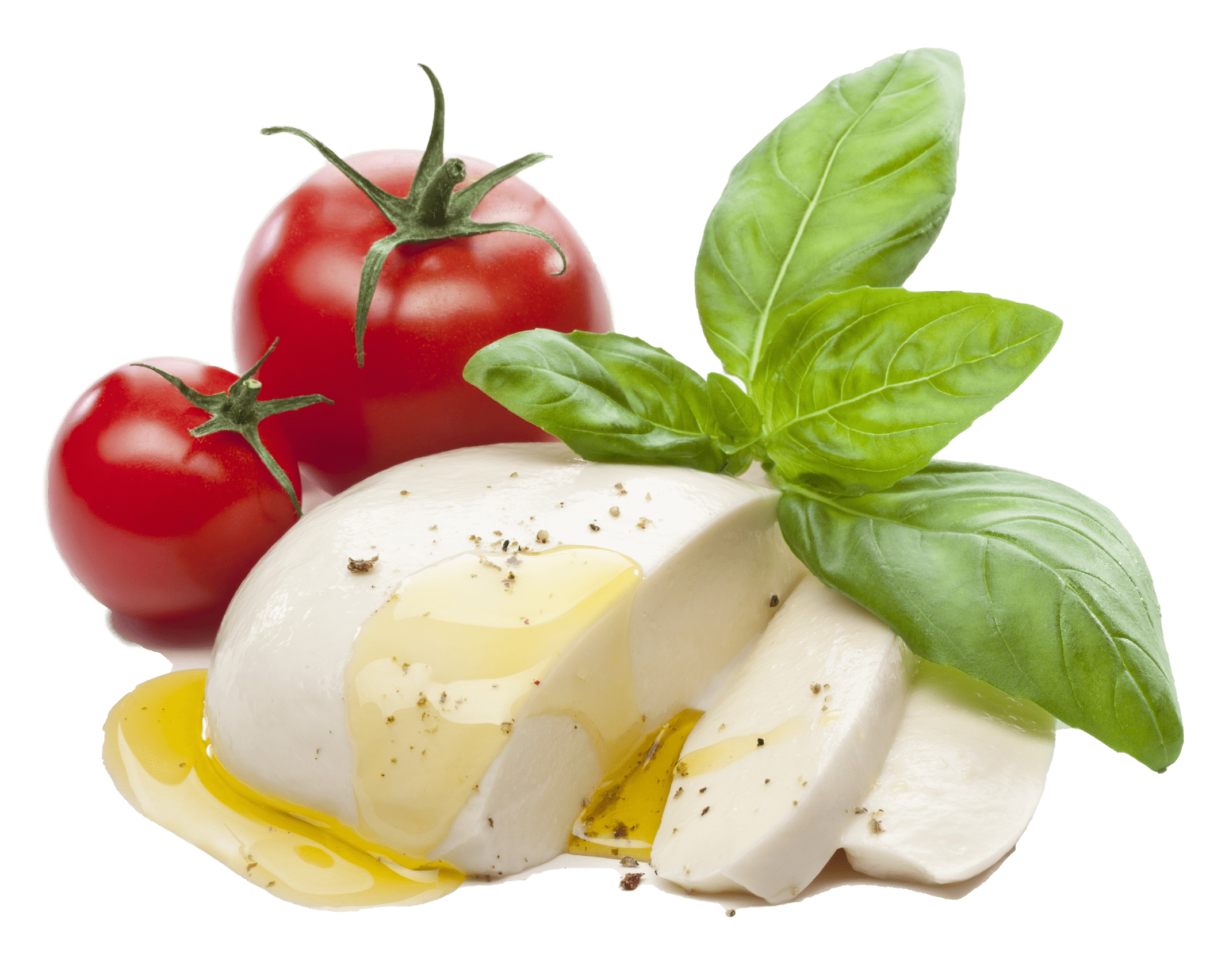
Semi-soft cheeses contain between 62% to 67% moisture, creating a soft and creamy texture. Cheeses such as mozzarella, havarti or fontina, make up this category; they can be aged for a range of months and can be washed in brine.

Firm cheeses like younger cheddars, goudas and gruyère-style cheeses typically have a smooth, elastic texture with flavours ranging from mild to sharp. Many firm cheeses can be aged, which further enriches their flavour and enhances their texture.
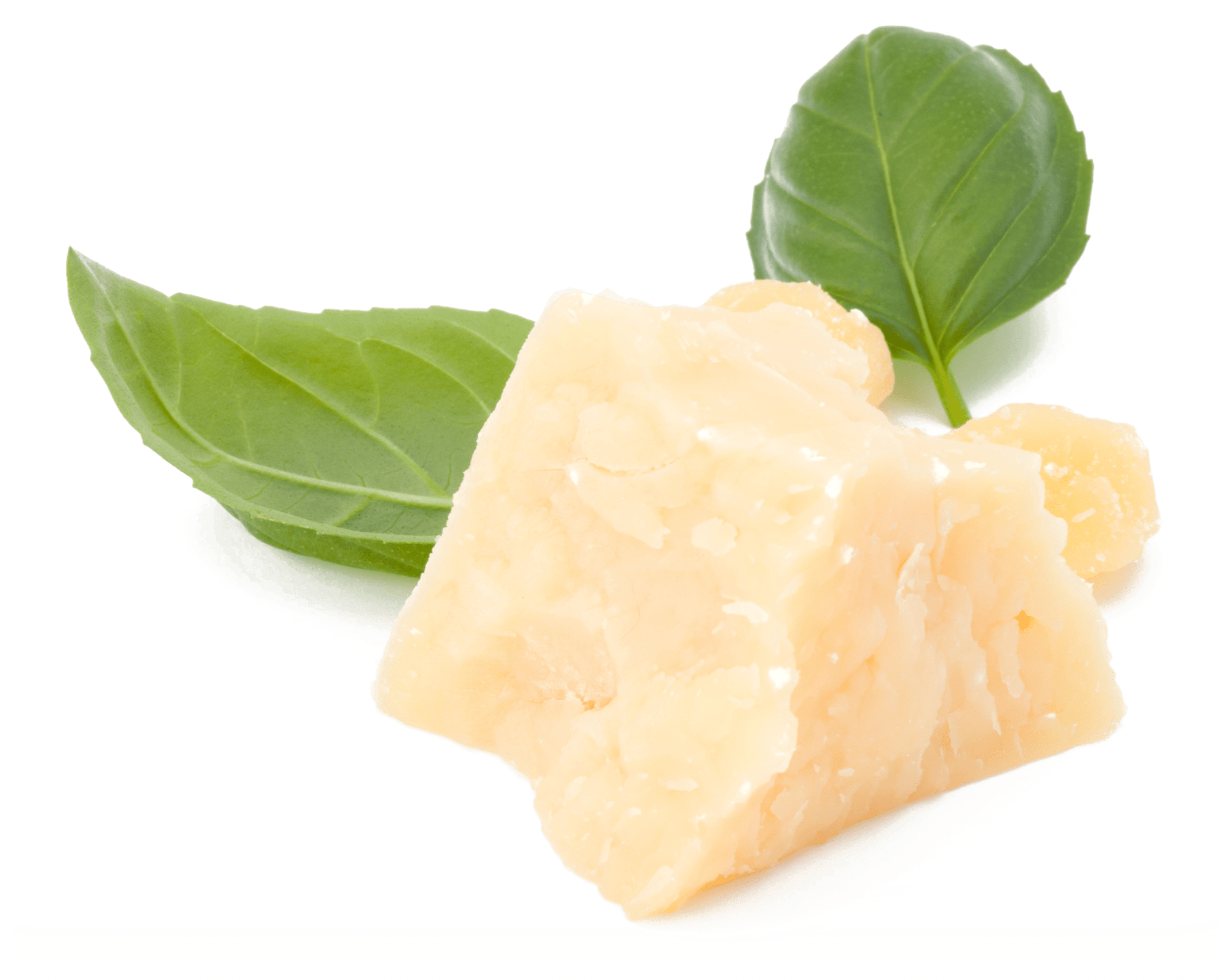
Hard cheeses, such as parmesan or aged gouda have a dense consistency and deeper flavour due to a longer aging process. The longer the aging process, the more complex and flavourful they become!

Fresh or “young” cheeses are typically made from fresh curds and contain a high percentage of moisture with flavours ranging from mild and milky to salty. These cheeses include ricotta, mascarpone, cream cheese, quark, fresh mozzarella and cheese curds.
...In a good way. Milk is poured into vats where “starter culture” bacteria is added to turn lactose into lactic acid. An enzyme called “rennet” is also added to start curdling the milk (turning it from a liquid to a solid).
Once the curds are formed, whey protein is left behind in a liquid form that is removed from the curds. Once the whey is drained and removed a few times, salt is mixed in for flavour.
Then, the curds are pressed into molds (usually blocks) and aged in a temperature and humidity-controlled environment for months at a time.
Fresh cheeses are usually stored in water - it’s best to keep them in their original containers and change out the water every couple of days. For soft cheeses, such as brie or camembert, store in a resealable container.
For cheeses such as cheddar, for example, after you remove them from their packaging, wrapping them in wax or parchment paper will suffice. For hard cheeses, such as parmesan, wrapping them in wax or parchment paper and then a layer of aluminum foil will ensure it doesn’t dry out. Also, make sure it still has room to breathe!
Thinking about freezing your cheese to make it last longer? It’s possible if done correctly. Unlike storing cheese in the fridge using parchment paper and letting it breathe, you’ll want to use plastic wrap and something that seals when storing in the freezer (you want to prevent any ice crystals forming). Depending on the cheese, it should be good for at least two months in the freezer.

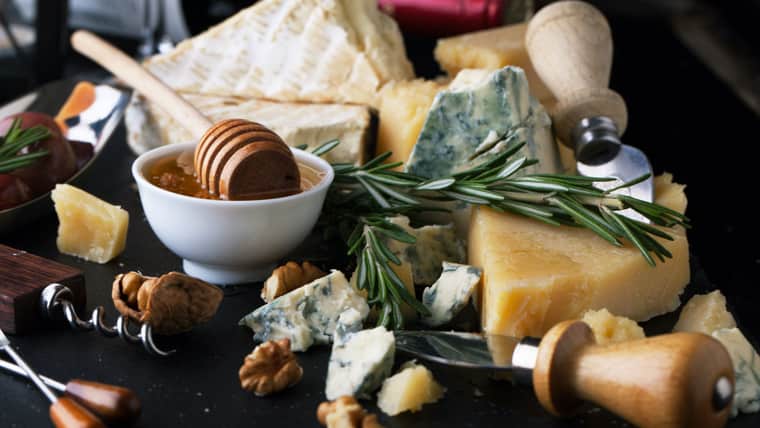
All about variety On your board, try to include a range of soft to hard cheese, and mild to strong flavoured cheese. Flavours Add contrasting flavours like adding a fig jam to pair with brie cheese, or pickles to pair with a sharp cheddar. You can’t go wrong with a board full of yummy cheeses, so have fun with it!
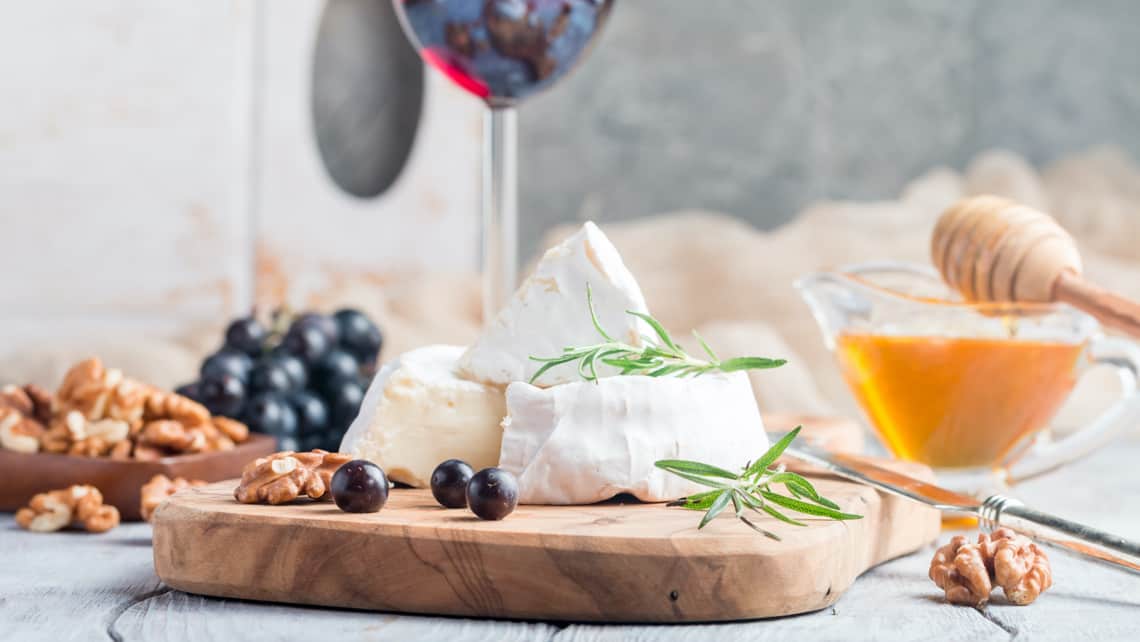
Intensity Usually, intense wines paired with equally intense cheeses work well. Try Pinot Noir with a cheese such as gruyère. Red or White? Red wines tend to pair well with aged cheeses, such as parmesan, while white sparkling wines pair well with soft, bloomy rind cheeses like brie. Keep it simple A good rule to follow is to simply pair wines and cheeses from the same region!

The best grilled cheese If you’re looking for a good cheese-pull, the meltiest ones are semi-soft ones, such as fontina or asiago. The best cheese for salads Fresh cheeses are, with no surprise, best for topping salads. Mozzarella or bocconcini is a great addition. The best cheese for sweets Lighter, creamier cheeses, such as ricotta, mascarpone or cream cheese can be sweetened to make classic desserts.
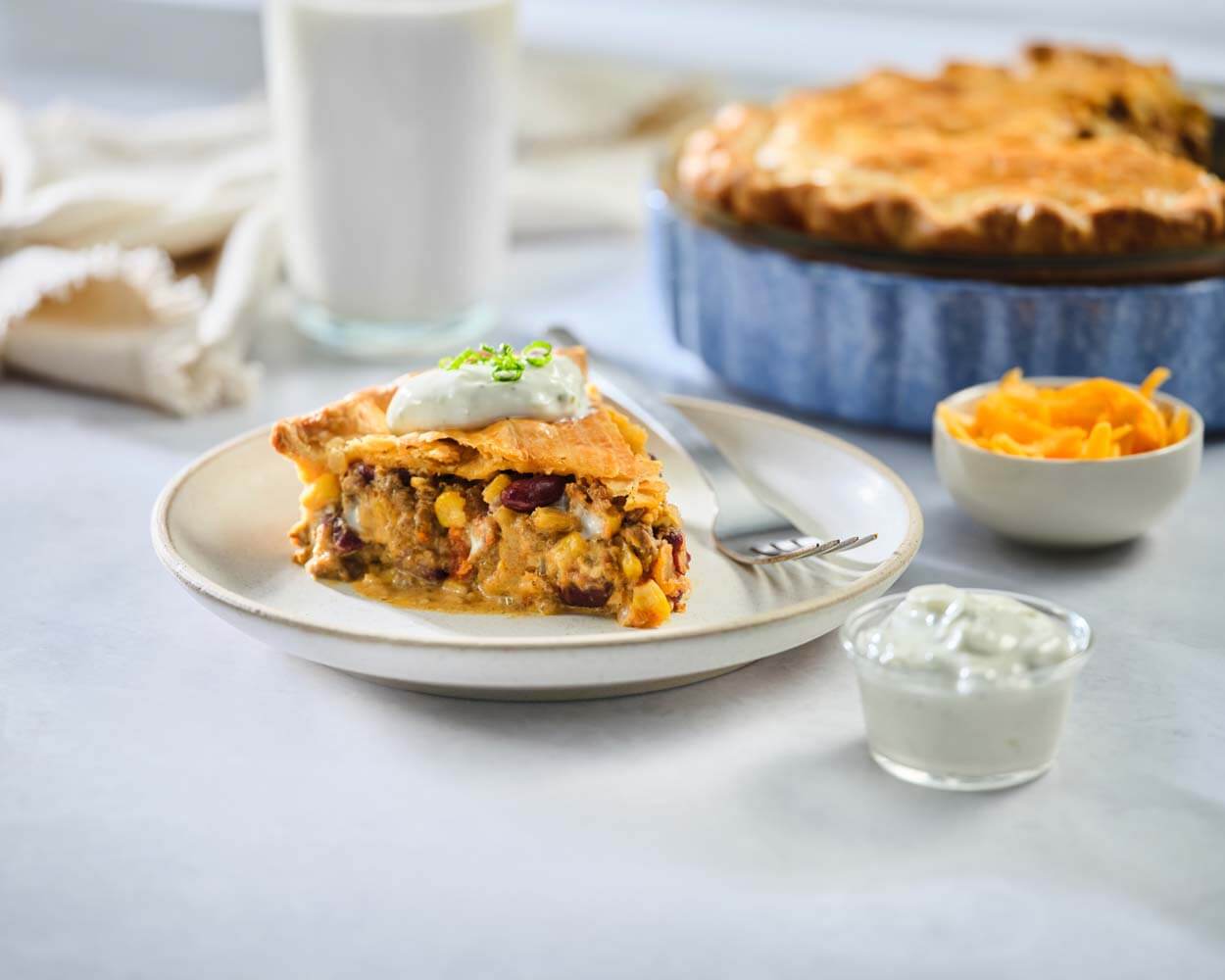
Cheesy Tex-Mex Pie with Lime Crema
See full recipe

Creamy Cream Cheese Corn Dip
See full recipe
